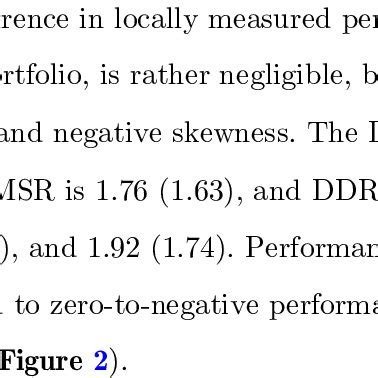The Rise and Fall of Cryptocurrencies: Understanding the Nature of Price Volatility and Layer-1 Solutions
In recent years, cryptocurrencies like Bitcoin (BTC) have experienced unprecedented price swings, leaving investors baffled. The concept of “crypto dumping,” where a trader quickly sells their entire position to buy it back at a lower price and recoup the loss, has become a staple of the market. But what causes these sharp price swings? What impact do they have on individual traders and the broader cryptocurrency ecosystem?
Crypto Dumping: A Theory of Market Behavior
Research suggests that crypto dumping plays a significant role in shaping market prices (1). When a trader sells their entire position, they create an imbalance in the market, which increases demand and drives prices higher. This, in turn, leads to a rapid sell-off by other traders trying to capitalize on the perceived value of the cryptocurrency. The resulting price increase is then fueled by a massive influx of buy orders from other investors.
The concept of crypto dumping has been studied extensively in academic circles, with some researchers attributing it to a combination of psychological and behavioral factors (2). These include:
- Confirmation bias

: Traders tend to focus on past successes and ignore losses and the potential for future fluctuations.
- Fear and greed: When prices fluctuate, emotions can run high and lead to impulsive decisions that amplify price fluctuations.
- Lack of liquidity: The lack of sufficient buy orders can amplify market volatility.
Layer 1 solutions: A bridge to stability
To mitigate the risks associated with crypto dumping, Layer 1 solutions have emerged as a promising alternative. These solutions aim to establish trust and stability within the cryptocurrency ecosystem by introducing governance structures, regulatory frameworks, and smart contracts.
One of the most popular Layer 1 solutions is Ethereum (ETH), which has created a solid infrastructure for decentralized applications (dApps) and non-fungible tokens (NFTs). The network’s native gas fee model ensures efficient and secure execution of transactions. This has helped establish ETH as a leader in the cryptocurrency space.
Layer 2 Solutions: A Bridge to DeFi
As Layer 1 solutions gain traction, developers are turning their attention to building decentralized finance (DeFi) platforms on top of them. These solutions use smart contracts to facilitate loans, bonds, and other financial instruments without relying on traditional intermediaries such as banks or exchanges.
A popular example is Curve Finance, a DeFi platform that uses ETH as its native token. By providing a secure, decentralized lending ecosystem, Curve has helped establish ETH as a viable asset for liquidity provision and yield farming.
Layer 1 Solutions: The Benefits
While Layer 1 solutions face challenges such as scalability and interoperability issues, they offer several advantages over traditional exchanges:
- Improved security: Smart contracts ensure transactions are executed safely and efficiently.
- Greater accessibility: DeFi platforms provide a range of financial tools and services to a wider audience.
- Greater transparency: Decentralized governance models promote transparency and accountability.
Conclusion
The concept of crypto dumping is a complex phenomenon driven by a mix of psychological, behavioral, and market forces. Layer 1 solutions offer a promising alternative and bridge the gap to stability and security within the cryptocurrency ecosystem.
As investors continue to navigate the turbulent waters of the cryptocurrency markets, it is becoming increasingly important to understand the nature of price volatility and how to mitigate their risks.